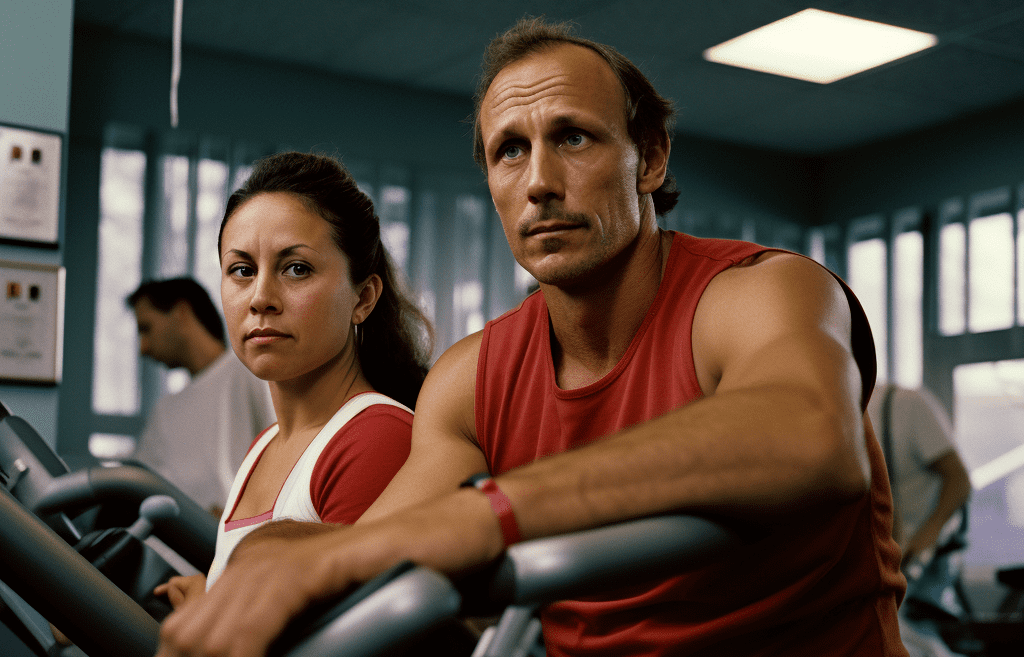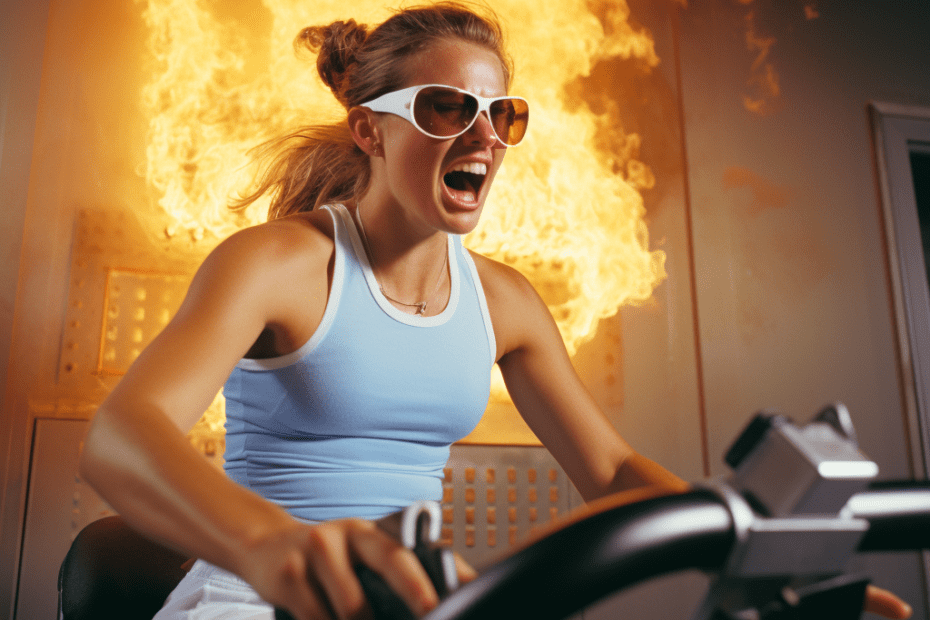
The Ultimate Guide to Torching Calories: Unraveling the Science of Fat Burn during Exercise
Introduction
Exercise is more than just a way to stay fit; it’s a powerful tool for torching calories and understanding the science behind fat burn can be a game-changer. Whether you’re a fitness enthusiast or someone just starting their journey, understanding how our bodies burn fat during exercise can be the key to achieving your goals.
Torching Calories: The Science of Fat Burn during Exercise
When we talk about burning calories, we’re essentially discussing the body’s ability to convert stored fat into energy. But how does this process work?
What Happens to Fat Cells during Exercise?
During exercise, our bodies require energy. This energy is sourced from carbohydrates initially, but as the workout intensifies, stored fat becomes the primary fuel. Fat cells release triglycerides, which are then broken down to provide the energy needed.
The Role of Metabolism in Burning Calories
Metabolism plays a pivotal role in determining how efficiently we burn calories. A faster metabolism means the body can burn more calories at rest and during activity. Exercise can boost metabolism, leading to increased calorie burn even post-workout.
Aerobic vs. Anaerobic Exercise: Which Burns More Fat?
While both aerobic and anaerobic exercises have their benefits, aerobic exercises like running or swimming tend to burn more fat. However, anaerobic exercises, such as weightlifting, can increase muscle mass, which in turn boosts metabolism.
The Physiology of Fat Burn
Understanding the body’s process of burning fat can provide insights into maximizing workout efficiency.
How the Body Chooses Energy Sources
The body is smart. Depending on the intensity and duration of exercise, it chooses the most efficient energy source, be it carbohydrates, fats, or even proteins.
The Process of Lipolysis: Breaking Down Fat
Lipolysis is the process where triglycerides in fat cells are broken down into glycerol and free fatty acids, which then enter the bloodstream to provide energy.
The Role of Hormones in Fat Burn
Hormones like adrenaline stimulate the process of lipolysis, while insulin can inhibit it. Balancing these hormones through diet and exercise is crucial for effective fat burn.
Types of Exercises and Their Impact on Fat Burn
Different exercises impact fat burn differently. Let’s dive into some popular workouts.
Cardiovascular Exercises: Running, Cycling, and Swimming
These exercises are fantastic for burning a significant amount of calories in a short time. They primarily target the aerobic system, leading to substantial fat burn.
Strength Training: Lifting Weights and Building Muscle
While strength training might not burn as many calories during the workout, it increases muscle mass. More muscles mean a higher resting metabolic rate, leading to more calories burned throughout the day.
Flexibility Exercises: Yoga and Pilates
While not as intense as cardio or strength training, these exercises improve muscle tone, flexibility, and even metabolism over time.
High-Intensity Interval Training (HIIT)
HIIT involves short bursts of intense exercise followed by rest periods. It’s proven to burn a lot of calories in a short time and increase metabolic rate post-workout.
Factors Affecting Calorie Burn
Several factors can influence how effectively we burn calories.
Age and Metabolic Rate
As we age, our metabolic rate tends to slow down, leading to reduced calorie burn. However, regular exercise can counteract this effect.
Gender Differences in Fat Burn
Men generally have a higher metabolic rate than women due to more muscle mass. However, both genders can effectively burn fat with the right approach.
The Impact of Diet on Exercise Efficiency
A balanced diet can fuel workouts, ensuring maximum calorie burn. Conversely, a poor diet can hinder performance and fat burn.
Maximizing Fat Burn during Workouts
To get the most out of your workouts, consider these tips.
The Importance of Warm-Up and Cool Down
Warming up prepares the body for exercise, while cooling down helps in recovery, ensuring effective fat burn throughout.
Interval Training: The Secret to Increased Calorie Burn
Incorporating intervals into your workouts can lead to more calories burned in less time.
The Role of Hydration in Effective Fat Burn
Staying hydrated ensures that metabolic processes related to fat burn occur efficiently.
Common Myths about Fat Burn
Let’s debunk some common misconceptions.
“Spot Reduction” and Why It Doesn’t Work
You can’t target fat burn in specific areas through exercise. The body decides where to burn fat.
The Myth of the “Fat-Burning Zone”
While there’s a specific heart rate zone that burns more fat, working out at higher intensities can lead to more overall calorie burn.
FAQs
- How does the body decide where to burn fat from?
The body has its own pattern for fat storage and burn, often influenced by genetics. - Is it possible to burn fat without exercising?
While exercise is the most effective way, a calorie deficit through diet can also lead to fat burn. - How do hormones affect fat burn?
Hormones can either stimulate or inhibit lipolysis, affecting the rate of fat burn. - Can strength training alone help in fat burn?
Yes, while it might burn fewer calories during the workout, the increase in muscle mass can lead to higher calorie burn overall. - What is the best time to exercise for maximum fat burn?
While there’s no “best” time, many find mornings effective due to higher energy levels and metabolism. - How does sleep affect fat burn?
A good night’s sleep can regulate hormones, boost metabolism, and aid in recovery, promoting effective fat burn.
Conclusion
Torching calories and understanding the science of fat burn during exercise can be transformative. With the right knowledge, approach, and dedication, anyone can harness the power of exercise to achieve their fitness goals.

